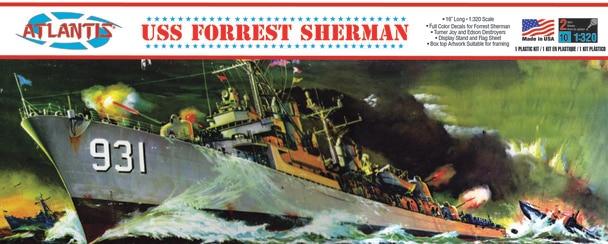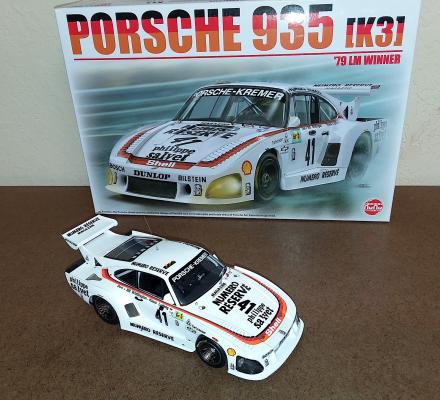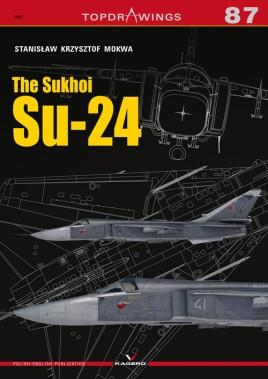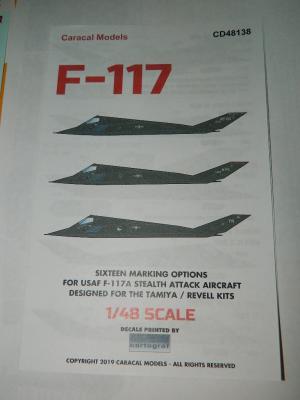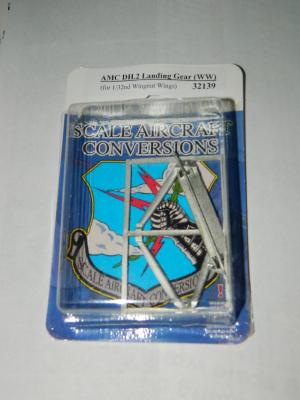The USS Forrest Sherman was the lead ship in the US Navy Destroyer program instituted in 1953. Constructed at the Bath Iron Works in Bath, Maine beginning in October 1953, launched on February 5, 1955 and commissioned November 9, 1955. After a long and distinguished career, she was decommissioned on November 5, 1982, and stricken from Naval logs on July 27, 1990. An effort to maintain the ship as a Museum ship failed with a few artifacts having been saved for exhibit.
Welcome to the IPMS/USA Reviews site!
Introduction: The primary organization of the IPMS/USA Review website is by IPMS/USA National Contest Class. Within each Class there are sub-menus by kits, decals, books, etc. The Miscellaneous Class is for items that are not class specific or that cross two or more classes.
IPMS/USA Members: We encourage you to submit reviews, both here and to the Journal. To volunteer for membership in the IPMS/USA "Reviewers Corps" and submit your own reviews, please read the Guidelines For Submitting Product Reviews.
Manufacturers, publishers, and other industry members: IPMS/USA is pleased to offer your company the opportunity for product reviews. All product reviews are performed by IPMS/USA members, and are posted in the publicly-accessible section of our website. With very few exceptions, we perform full build reviews of new kit releases, aftermarket products, and supplies. If you would care to provide product samples for review, please contact John Noack, IPMS/USA 1st VP.
To learn more about IPMS/USA, please see our About Us page.
It was some time after 2:00 PM on June 10th, 1979 at the Circuit de la Sarthe, France. The 47th 24 Hours of Le Mans had concluded with Car 41, the Porsche 935 K3 from Kremer Racing standing at the top of the podium, having won the rain-soaked race. The car was driven by Klaus Ludwig, Don Whittington, and Bill Whittington.
The kit box and instructions indicate manufacturers as Platz Co. Ltd. and NuNu Hobby Model Kit by Si Nok Development Company Ltd., both of Japan. The kit is molded in white and black with the usual supporting parts in clear and two mirrors in chrome. We also have a fret of photoetch, a sheet of mesh, and two sheets of decals. The paint color chart is on the outside of the box. This allows the buyer to see what he needs before purchase. The box photos of the model were somewhat helpful during assembly.
Overview from the Publisher
Su-24 (Fencer) is a Soviet jet bomber with variable-geometry wings. The aircraft was supposed to be a response to the American F-111, and therefore it's structurally similar. Su-24 can operate in any weather conditions, also at night. It was designed to carry tactical nuclear as well as tactical weapons.
In the 1960s, the military command of the Soviet Union set requirements for a new attack aircraft that would be able to operate despite strong anti-aircraft defense of NATO troops. The aircraft was expected to fly at low altitude at a high speed. Initially, it was based on Su-7 and Su-15 airframes, but due to the decision to use a variable-geometry wing, it was necessary to build a completely new structure. Variable geometry allowed to achieve high speeds while maintaining good takeoff and landing characteristics. This is how Su-24 was born.
IPMS/USA says “thanks kindly” to Caracal Decals for supporting the IPMS USA reviewer corps with yet one more of their growing number of releases, with useful additions for those who build. And thanks to IPMS leadership for sending it to me to be reviewed.
Kurst does a great job on his products… accurate, perfect resolution, and handling subjects which we have needed for many projects others won’t touch. Caracal crams as many various color schemes into one sheet as will fit, and offers a second, “stencil and detail only” sheet to allow one to model a squadron of 16 different F-117 markings if so inclined. (You get one in this sheet) .
Thanks once again for another great set from SAC, and thanks to Bill and Phil for sending it out for review.
Recommended Kits
- The Excellent Wingnut Wings Airco DH-2.
The review item is the typical high standard and normal from SAC; a direct replacement for the kit items except these are cast metal. Consisting of three parts; the two main gear “A” frame braces, and the cross brace/axle assembly.
WARNING: Make sure you look at the kit parts to determine how much of the casting frame to remove. On the camel I built a couple of years ago, I did not do so and ended up with a short, butt matched installation verses having two tabs adding strength inside the plastic… be forewarned to not remove too much metal off the struts!











